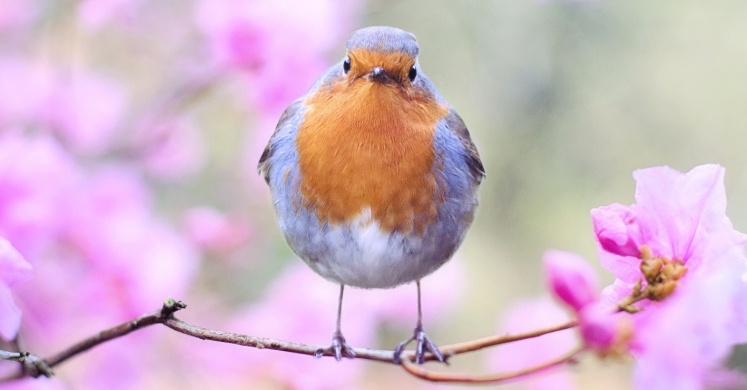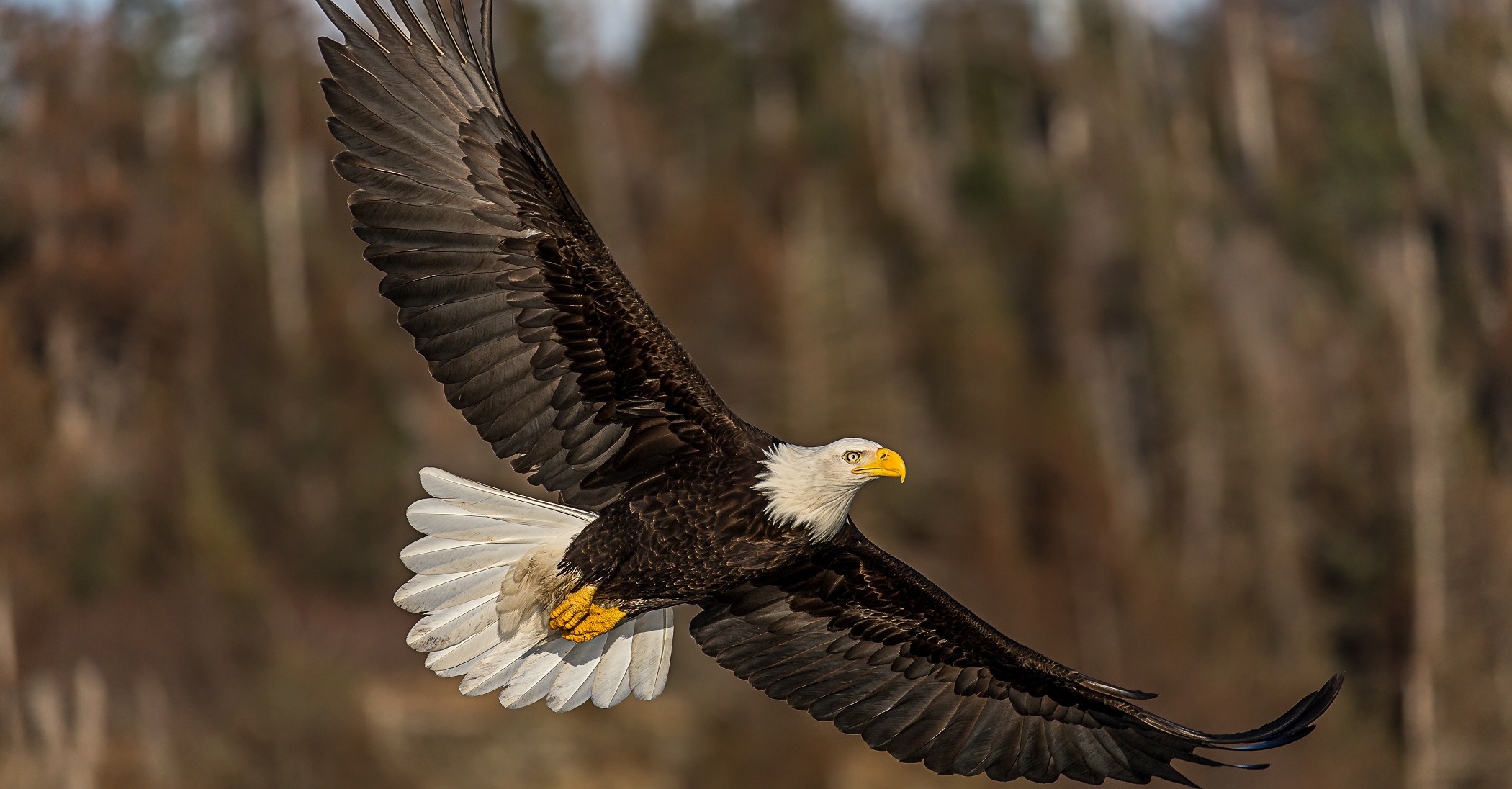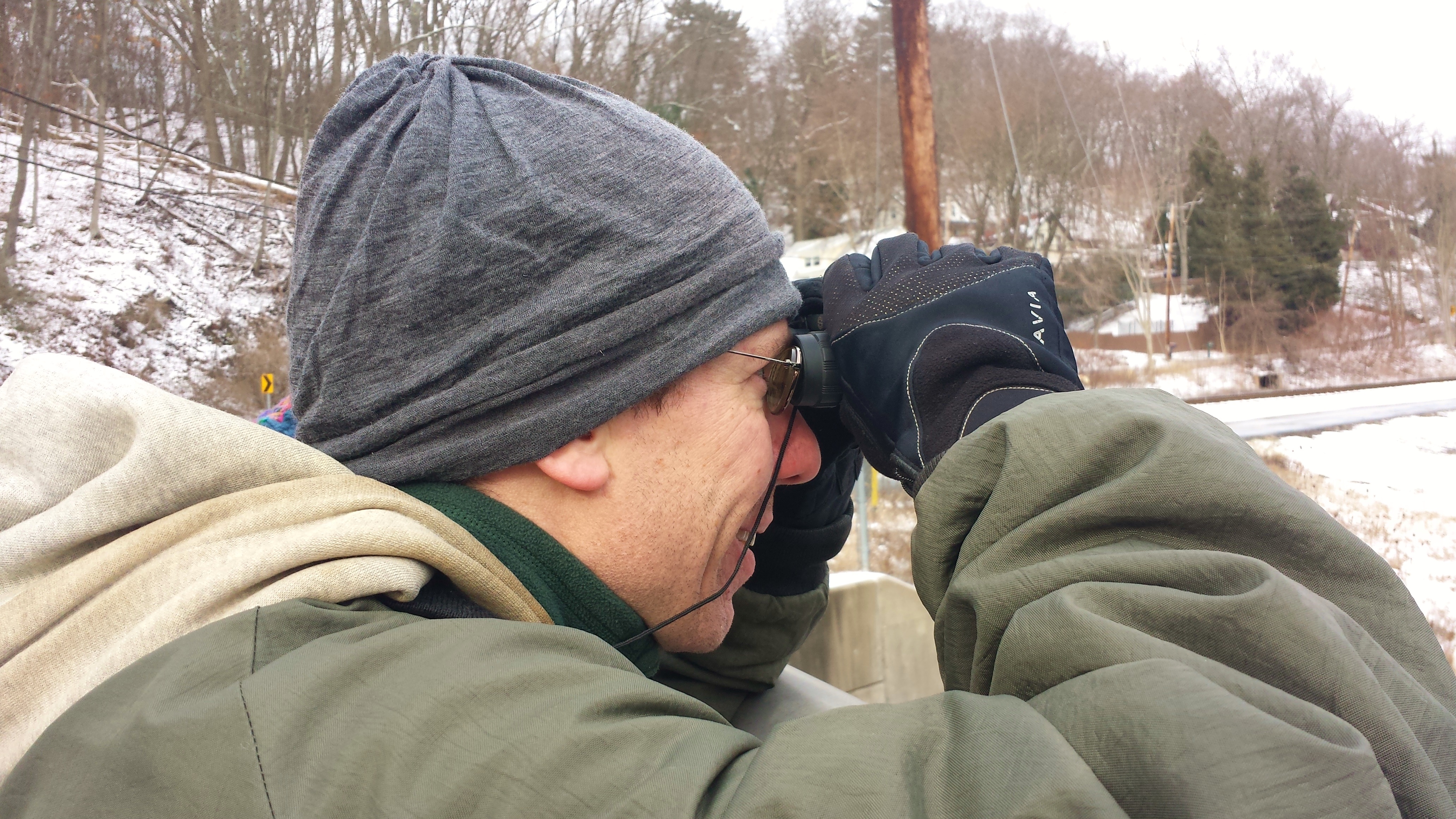Blog

#bioPGH Blog: The Year of the the Bird
 A resource of Biophilia: Pittsburgh, #bioPGH is a weekly blog and social media series that aims to encourage both children and adults to reconnect with nature and enjoy what each of our distinctive seasons has to offer.
A resource of Biophilia: Pittsburgh, #bioPGH is a weekly blog and social media series that aims to encourage both children and adults to reconnect with nature and enjoy what each of our distinctive seasons has to offer.
It’s going to be quite a year for feathered friends! National Geographic, the Audubon Society, the Cornell Lab of Ornithology, and BirdLife International have combined forces to declare 2018 the Year of the Bird in honor of the centennial of the historic Migratory Bird Treaty Act (or the MBTA). The original Act passed in 1918 as a bird-protecting agreement between the United States and Canada. Over the past century, it has expanded to also include Mexico, Japan, and Russia. The act generally protects birds from human activity that would be harmful, such as habitat destruction or over-hunting in addition to direct threats such as capture from the wild or over-exploitation of a species. Let’s explore this piece of history!
What makes the MBTA so exciting and insightful is the fact that it acknowledged that national boundaries mean nothing to birds. All over the world, birds regularly travel across borders as a part of daily life and seasonal migrations. Here in North America, many species have seasonal migrations that lead them from Canada, though the U.S., into Mexico and Central America, and then back up north the next season. Similarly, across the Pacific, the East-Asian Australasian flyway is one of the world’s most heavily used “routes” for migratory birds, and has a massive span encompassing Australia, Eastern Asia, Alaska, and Russia.
For this celebratory Year of the Bird, the partner organizations are asking all of us to simply do something small to help birds — it all adds up when we work together! One suggestion that is particular close to our hearts here at Phipps is to plant bird-friendly gardens. This means opting for native plants whenever possible and selecting plants that provide nectar, varying seeds or other food sources. (As you plan your garden for spring, check out this list of local nurseries that specialize in native plants). Other suggestions include participating in bird counts and surveys, like the Audubon’s Christmas Bird Counts or the Cornell Lab of Ornithology’s Great backyard Bird Count. And really, sometimes simply spreading the message is best option—so “bird” is the word!
One might wonder, though, why spend all of this time, energy, and resources on birds? They are certainly pretty and liven up scenery, but do they serve a purpose in our natural world? As a matter of fact, they do! For starters, birds are pollinators and act as natural pest control. These functions directly serve both wild nature and the global agricultural economy by ensuring the next generation of plants. Thus, protecting birds might very well be protecting someone’s breakfast. Additionally, avian scavengers in particular are important both to local economies and to human health. For example, beginning around the 1990s, India’s vulture population sharply dropped due to the widespread use of a livestock medication which made its way through the food web. As a consequence of this population decline, mammalian scavengers filled the ecological role of vultures, which led to a jump in the prevalence of rabies and other diseases. The medication is now banned, but the decline ultimately cost India over $34 billion in associated expenses, particularly in human health care. So really, you could say that birds are quite valuable to humans!
Beyond the value to people, though, birds are an integral part of their environments, and whether warbler or albatross, each species plays ecological roles that other living things cannot. Birds are predators, they are prey, they are pollinators, they are parents, they are protectors. A glimpse of their feathery splendor can fill us with joy, and the sound of their songs can root us back to the earth. They matter. And we have all of 2018’s Year of the Bird to remind us of that!
Connecting to the Outdoors Tip: Getting involved in the Year of the Bird here in Pittsburgh is fun and easy! The Audubon Society of Western Pennsylvania (our local chapter) always has a full schedule of activities, many of which are free to public and family friendly. Check it out! In addition, if you already are leaning toward the bird-nerd side, you can start keeping track of the birds you spot by uploading sightings to either iNaturalist or eBird.
Continue the Conversation: Share your nature discoveries with our community by posting to Twitter and Instagram with hashtag #bioPGH, and R.S.V.P. to attend our next Biophilia: Pittsburgh meeting.

Resources
Audubon Society—Year of the Bird
National Geographic—2018 is the Year of the Bird
Cornell Lab of Ornithology—Home
US Fish and Wildlife Service—Migratory Bird Treaty Act
BirdLife International—How Small Actions Can Make a Big Difference
East Asian Australasian Flyway Parntership
Audubon Society: What Do Birds Do for Us?
Audubon Society: Migratory Bird Treaty Act explained
Markandya et al. 2008: Counting the Cost of Vulture Decline
Photo Credits: Pexels CC0, Wikimedia User Andy Morffew CC-BY-2.0, Maria Wheeler-Dubas


